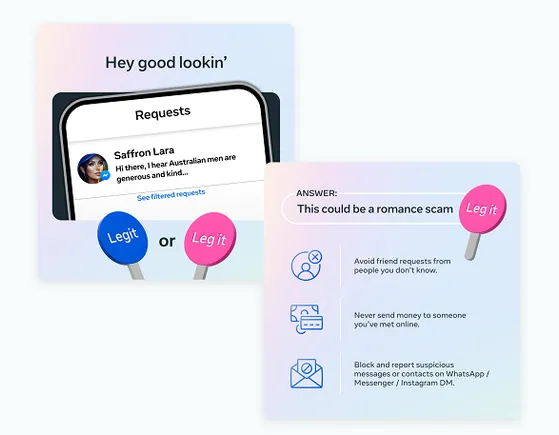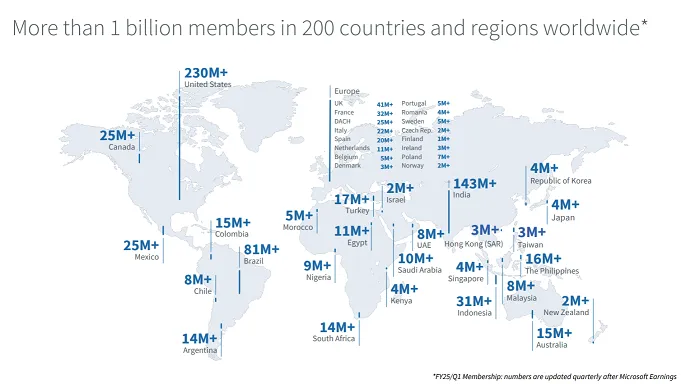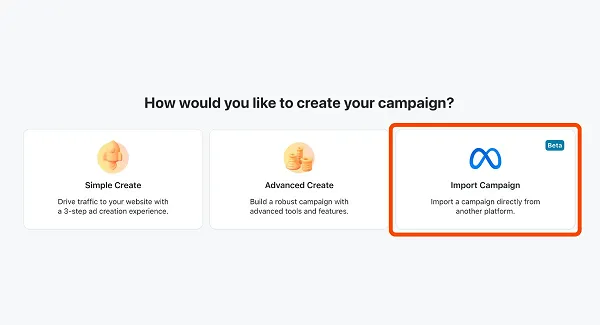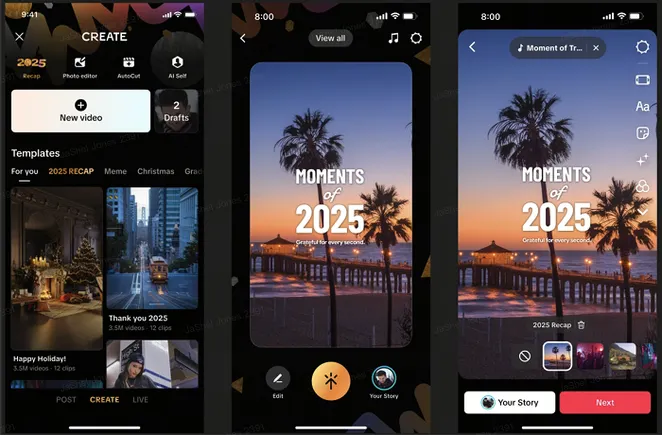Media Mix Modeling: What It Is and How to Use It [+ Examples]
I’ve worked in digital marketing for over ten years and always look for ways to improve my marketing analysis and reporting. Having worked in leading digital agencies and my own multi-channel agency, media mix modeling (MMM) is paramount in...
![Media Mix Modeling: What It Is and How to Use It [+ Examples]](https://knowledge.hubspot.com/hubfs/media-mix-modeling-1-20250216-2505933.webp)
I’ve worked in digital marketing for over ten years and always look for ways to improve my marketing analysis and reporting. Having worked in leading digital agencies and my own multi-channel agency, media mix modeling (MMM) is paramount in my work. I co-founded an SEO and PPC agency with Leigh Buttrey, and we are dedicated to multi-channel marketing. She runs PPC, I run SEO, and we both know our work impacts the other. We also work closely with internal teams who have many other channels within their marketing media kit. When it comes to marketing, I’m sure we can all agree that an omnichannel approach is best. The challenge? Well, that’s in the analysis. We all know buyers rarely convert thanks to one media, but which media drives results? Well, that’s where media mix modeling comes into play. In this article, I explore media mix modeling (MMM), starting with its definition, framework, and examples of MMM in action. I reached out to marketers, sales professionals, and business owners using MMM in their marketing analyses. They share real-life anecdotes and tips to help you feel confident about MMM. Let’s get started. Table of Contents Media mix modeling (MMM) is a statistical analysis technique used to measure the impact of marketing efforts across channels. Its primary purpose is to take marketers from analyzing results in silos and instead understand the combined efforts of different channels in their media mix, as well as the actual input from channels on an individual basis. If you understand how your channels are “playing” together and how impactful each channel is, you can optimize your media planning. For example, you will better understand which channels to invest more heavily in and for what purpose. Stay tuned — later, I’ll share some real-life examples of how MMM has transformed a business's approach to marketing. Media mix modeling is a marketer's best friend — though it’s no small feat to set up. You want a lot of clean data, ideally spanning years. MMM uses historical data to identify and quantify the relationship between marketing channels and their impact on business objectives like conversion or revenue. This is where it differs greatly from other models. Last-touch attribution models, for example, only consider the last marketing channel that resulted in a sale, while first-touch attribution does the opposite. I feel that most marketers are happy to say that sales rarely come from one channel alone, and each media plays a role. With media mix modeling, marketers can predict future performance, which helps them make marketing decisions such as allocating budgets. With MMM, markers can: In my opinion, the primary value of MMM lies in the data. Instead of making decisions based on gut feelings, you can quantify a channel's role in marketing. Also, you will move away from siloed channel metrics to help make wider data-driven decisions with the complete picture of marketing’s performance. The media mix model framework consists of six steps. The best way to hear about MMM and its impact is through real-life examples. I was thrilled with the amazing insights received from the marketers below. Aaron Whittaker is the vice president of demand generation at Thrive Internet Marketing. When asked about the value of MMM, Whittaker said it had “transformed how we allocate marketing budgets and measure cross-channel impact.” One particularly valuable application Whittaker found was spotting synergies between channels. In this solid use case, Whittaker explains, “When analyzing a retail client's holiday campaign performance, instead of looking at channels in isolation, our MMM revealed unexpected synergies between radio advertising and social media. We discovered that radio ads during morning commute times amplified social media engagement by 25% in the following hours – an insight that wouldn't have been visible through traditional attribution models.” What I like about this: Marketing attribution is a massive challenge for any business, and without MMM, it’s very easy to miss the value that, in this case, radio added. It would be easy to assume that social media visits, follows, engagement, etc., were up. What often happens is that efforts are completely attributed to social media, but the reality is that radio has a role to play here. With this information, you can better rationalize why radio is a part of the media mix. Better, you can target the radio media at the right time (in the morning, when it’s proving effective). Pro tip: If you’re working on your ads, struggling to get the results you want, or have proof (thanks to MMM!) that ads are working for you, then take a look at HubSpot’s paid media template. It makes light work of organizing your media planning and media buying. Whittaker provided many examples for MMM. Choosing which ones to include in this article was a challenge! I had to include the value of long-term brand-building and how MMM can help quantify its role. On brand-building, Whittaker says, “What's fascinating is how MMM helps quantify long-term brand-building activities. We found that podcast sponsorships showed minimal immediate ROI, but our modeling revealed they contributed significantly to reducing customer acquisition costs across other channels over six months. This insight helped justify continued investment in brand awareness channels.” What I like about this: Similar to the point above, I really like how MMM helps justify marketing efforts that might otherwise go unnoticed. It is true that if a channel doesn’t result in immediate ROI, it becomes “untrackable” using the last-touch attribution model, but with MMM, you can see how these media work for your business. Peter O'Callaghan, head of marketing at ScrapingBee, has found the most value using MMM to uncover regional trends. O’Callaghan describes MMM as transformational. He says it helps “Allocate budgets, refine messaging, and identify growth opportunities. It’s a powerful tool for predicting where to invest and where to pull back.” When asked for an example, O'Callaghan says, “It helped us pinpoint California and Texas as hotspots for scraping API demand, contributing 40% of our leads. By reallocating $5,000 to geo-targeted campaigns in these states, we increased regional engagement by 30% while shortening our sales cycle by nearly two hours per lead. This regional focus continues to shape how we approach campaign strategy.” Alongside his winning MMM examples, Aaron Whittaker advised that anyone starting with MMM analysis should start with “at least 18 to 24 months of data.” The more data, the easier it is to spot trends. Whittaker explains, “18-24 months of data [helps] account for seasonal patterns and long-term effects. We've found that shorter time periods often lead to misleading conclusions about channel effectiveness.” Whittaker has another MMM example that demonstrates the value of data beautifully. “A surprising discovery emerged when modeling seasonal impacts. Our analysis showed that the effectiveness of different channels varied dramatically by season. Email marketing peaked during winter months, while outdoor advertising delivered the highest ROI during summer. This led us to develop dynamic budget allocation strategies that shift spending based on seasonal effectiveness.” What I like about this: I’m sure many marketers reading this are nodding in agreement. We all know that we need data — and the more of it, the better — to make a suitable analysis. Peter O'Callaghan advises that “MMM works best when you have clear, measurable goals. Without defined outcomes, it’s easy to misinterpret the insights and act on incomplete information.” It’s easy to miss where your data needs work, but O’Callaghan has some tips for this, too. What I like about this: This is a sentiment we’ve heard earlier in this article. I like that O’Callaghan recommends cross-checking results with longer-term metrics. This tip aligns perfectly with Aaron Whittaker's tip about starting MMM with long-term data. As a marketer and primarily an SEO, I know the value of media mix modeling. Still, writing this article and speaking to other marketers, I can see how MMM helps businesses make better marketing decisions. Instead of feeling like a certain marketing media is working for you, MMM helps you prove it. So, if you want to start with media mix modeling, do it. Just remember to gather that long-term data, and cross reference short-term findings with long-term trends.
What is media mix modeling?
Media Mix Modeling in Marketing

Media Mix Modeling Framework

Media Mix Modeling Examples
Spot Synergies Between Channels
Quantify Long-Term Brand-Building
Understand the Crossover Between Online and Offline Media Activity
Tips for Using Media Mix Modeling
Tip 1: Start your analysis with a lot of data.

Tip 2: Make sure your data is clean.
Get Started With Media Mix Modeling

 Koichiko
Koichiko 
































